Have you considered stepping into the core of the Bitcoin network, rather than just observing from the sidelines? Running a Bitcoin node can provide a deep understanding of the technology, offer a level of assurance and privacy, and contribute to the network’s decentralization.
However, setting up and maintaining a Bitcoin node isn’t something to take lightly. It requires some technical proficiency, a bit of dedication, and, if done right, can be a rewarding experience. This guide is tailored for crypto enthusiasts who wish to run their own Bitcoin node but aren’t sure where to start.
What is a Bitcoin Node?
Before we start with the setup, it’s crucial to understand what a Bitcoin node is. A node is essentially a device that holds a complete and updated copy of the Bitcoin blockchain, a digital ledger of all Bitcoin transactions. Nodes form the backbone of the Bitcoin network, validating transactions, and blocks, and relaying information to their peers.
They can serve various functions, from wallet services to miners, and are classified based on their role. However, in its most basic form, a “full node” is a device running the Bitcoin Core software with the entire history of Bitcoin transactions.
Why should you run a Bitcoin Node?
Running a Bitcoin node offers several benefits:
- Security: You have control over your transactions and ensure that they get directly broadcasted and confirmed by the network.
- Privacy: Protect your privacy by verifying your transactions without relying on a third-party server.
- Decentralization: By running a node, you contribute to the strength and independence of the Bitcoin network.
- Learning: Gain firsthand experience of how the Bitcoin network operates, its protocols, and the tech behind it.
Benefits of Running a Bitcoin Node
Running a Bitcoin node has several benefits, including:
- Directly participating in the Bitcoin network and contributing to its decentralization.
- Having a more secure way of verifying transactions, as you don’t have to rely on third-party nodes for validation.
- Gaining a better understanding of how Bitcoin works at a technical level.
- Being able to use advanced features that are not available on lightweight wallets.
- Supporting the overall growth and development of the Bitcoin ecosystem.
- Potentially earning rewards through supporting Lightning Network transactions.
Challenges of Running a Bitcoin Node
While running a Bitcoin node has its benefits, it also comes with some challenges. Some of these include:
- Initial synchronization can take a significant amount of time and require substantial computing resources.
- The need for continuous connectivity to the internet and reliable hardware can be challenging.
- Keeping up with updates and security measures can be time-consuming and require technical knowledge.
- The costs associated with running a node, such as electricity and internet usage, can add up over time.
- Dealing with potential security risks and taking full responsibility for the safety of your funds and data. Overall, running a Bitcoin node requires commitment and dedication to ensure its smooth operation. However, the rewards of actively participating in the Bitcoin network and promoting its decentralized nature make it a worthwhile endeavor for many enthusiasts. So don’t wait any longer – start running your own Bitcoin node today! Keep learning and stay informed to continue growing as an active member of the cryptocurrency community. Happy nodding!
Prerequisites for running a Bitcoin Node
Hardware Requirements
Running a Bitcoin node isn’t very demanding, but you’ll need at least 200GB of free disk space initially, and more as the blockchain continues to grow. On average, it’s recommended to have a few GB of RAM, but the more, the better. Additionally, you’ll need a reliable internet connection, and it doesn’t necessarily have to be high-speed unless you’re managing a lot of transactions.
Technical Proficiency
You don’t need to be a coder, but understanding basic command line usage and system administration is beneficial. This guide assumes you are comfortable with terminal/command-line interfaces (CLI).
Time
The initial synchronization with the blockchain can take several days, depending on your connection and hardware. Prepare for a process that might run beyond 24 hours, so patience will be your virtue.
Steps to Run a Bitcoin Node
Here’s a step-by-step guide to getting your Bitcoin node up and running.
Step 1: Download and Install Bitcoin Core
Start by downloading the latest version of Bitcoin Core from the official website. Choose the installer that is suitable for your operating system (Windows, Mac, or Linux) and follow the instructions to install the software.
Step 2: Initial Configuration
After the installation, you’ll need to configure your Bitcoin node. Open the Bitcoin Core software and go to the `bitcoin.conf` file, which is located in the Bitcoin data directory. You’ll want to add some parameters to it. At the very least, include the following:
“`
server=1
prune=<size in MB, e.g., 2048 for 2GB>
txindex=1
“`
- `server=1` tells Bitcoin Core to accept JSON-RPC commands.
- `prune` will limit the disk usage. It’s essential for nodes with less storage capacity.
- `txindex=1` enables your node to store the full transaction index in the database, making it faster to look up.
Step 3: Start Bitcoin Core
Once you’ve saved the changes to `bitcoin.conf`, start or restart Bitcoin Core to begin the node in server mode. You may also need to set up port forwarding on your router to ensure other nodes can connect to yours.
Step 4: Wait for Blockchain Synchronization
Your node will now start to synchronize with the blockchain. This process will take a significant amount of time as it downloads and verifies every single transaction that has occurred on the network since the inception of Bitcoin.
Be patient, and you might want to consider keeping your device running continuously until the synchronization is complete.
Step 5: Secure Your Node
Now that the synchronization is underway, focus on node security. Ensure that your node is kept up-to-date with the latest software releases to benefit from bug fixes and security updates.
Additionally, consider the physical security of your device, enable a firewall, keep your system’s antivirus software updated, and avoid opening suspicious files or websites.
Best Practices for Running a Bitcoin Node
Regular Backups
Make regular backups of your Bitcoin Core wallet.dat file. Losing this file could mean losing access to your bitcoins. Backing it up is as simple as making a secure copy of the file and storing it on a separate device or in a different location.
Monitor Your Node
Regularly check in on your node to ensure it’s running smoothly. Keep an eye on resource usage, storage space, and connectivity. Tools like ‘bitnodes.earn.com’ can help monitor the uptime and response time of your node.
Stay Informed
The world of Bitcoin can change rapidly. Keep yourself informed about the latest updates, news, and changes in regulations. Knowledge is power, especially in the blockchain realm.
Conslusion
Mastering the art of operating a Bitcoin node requires a blend of technical skill and unwavering commitment. By adhering to these steps and best practices, you will become an integral part of the Bitcoin network’s pulse, fostering decentralization and delving deep into the cryptocurrency ecosystem from a privileged perspective. Embrace the journey!
Don’t hesitate any longer – embark on the journey of running your own Bitcoin node today. Continuously educate yourself and stay abreast of developments to grow as a proactive participant in the cryptocurrency community. Enjoy the experience!
FAQ
What are the hardware requirements for running a Bitcoin Node?
You’ll need a device with decent computing power, at least several GB of RAM, and a couple of hundred GB of free disk space initially, along with a reliable internet connection.
Can I run a Bitcoin Node on a Raspberry Pi?
Yes, you can run a Bitcoin node on a Raspberry Pi. For true beginners or those not comfortable with the technicalities, projects like the ‘RaspiBolt’ simplify the process significantly.
Is running a Bitcoin Node resource-intensive?
Running a Bitcoin node can be resource-intensive, especially during the initial synchronization with the blockchain. Regular usage typically consists of low CPU and bandwidth usage.
Are there any security considerations when running a Bitcoin Node?
Absolutely. Running a node means being responsible for your own security. Keep the Bitcoin Core software updated, monitor your connectivity, and ensure the physical and digital security of your node to avoid any potential risks.



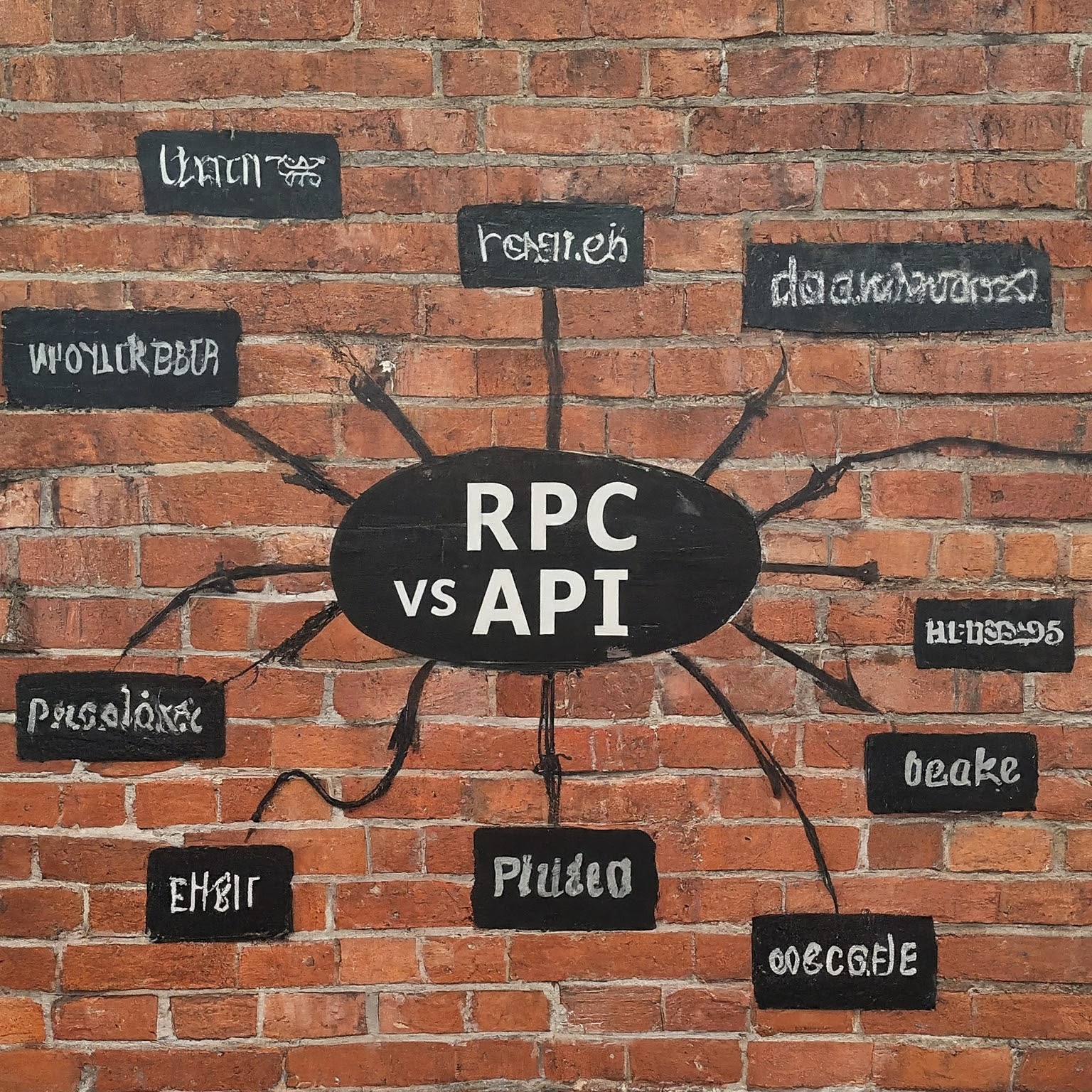
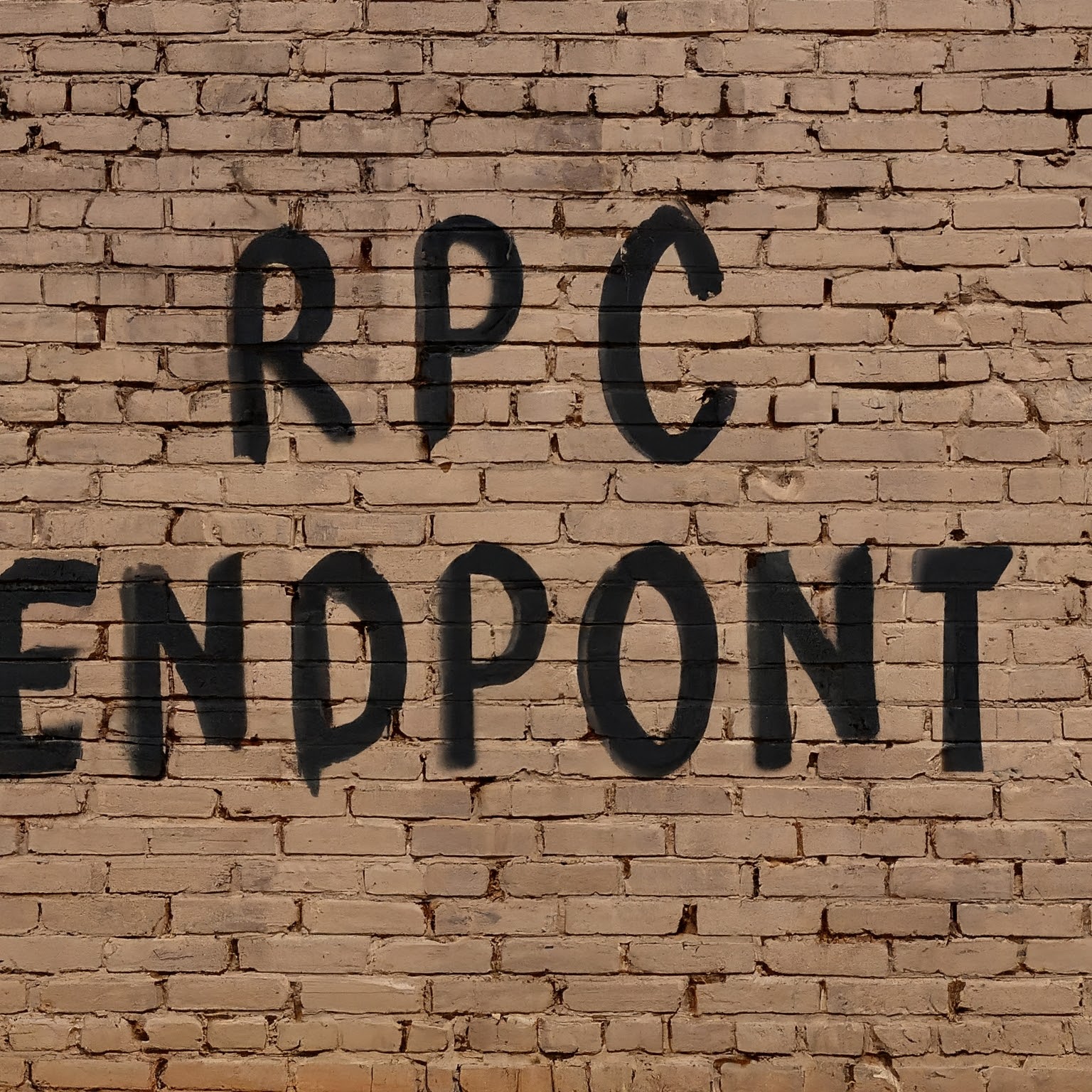

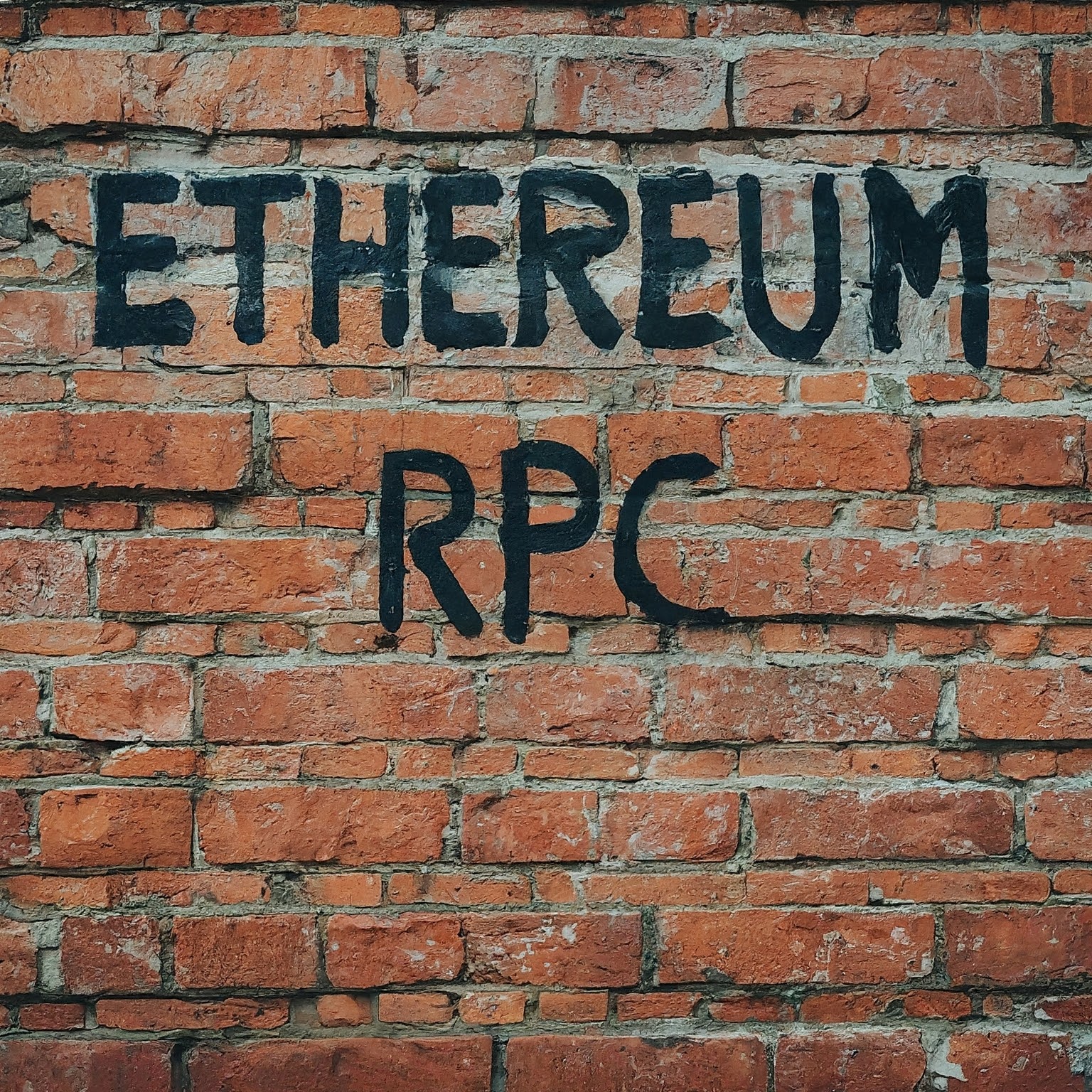

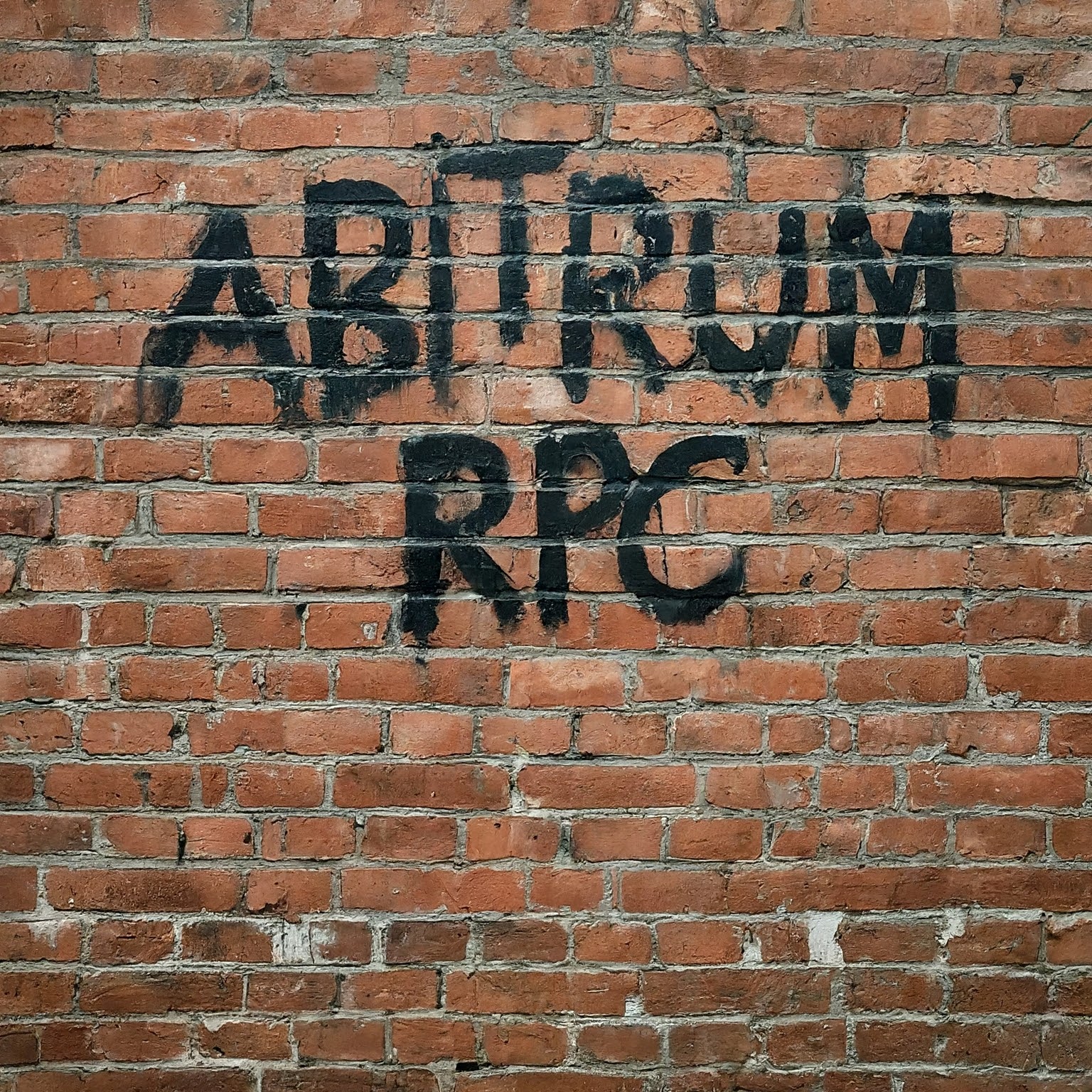

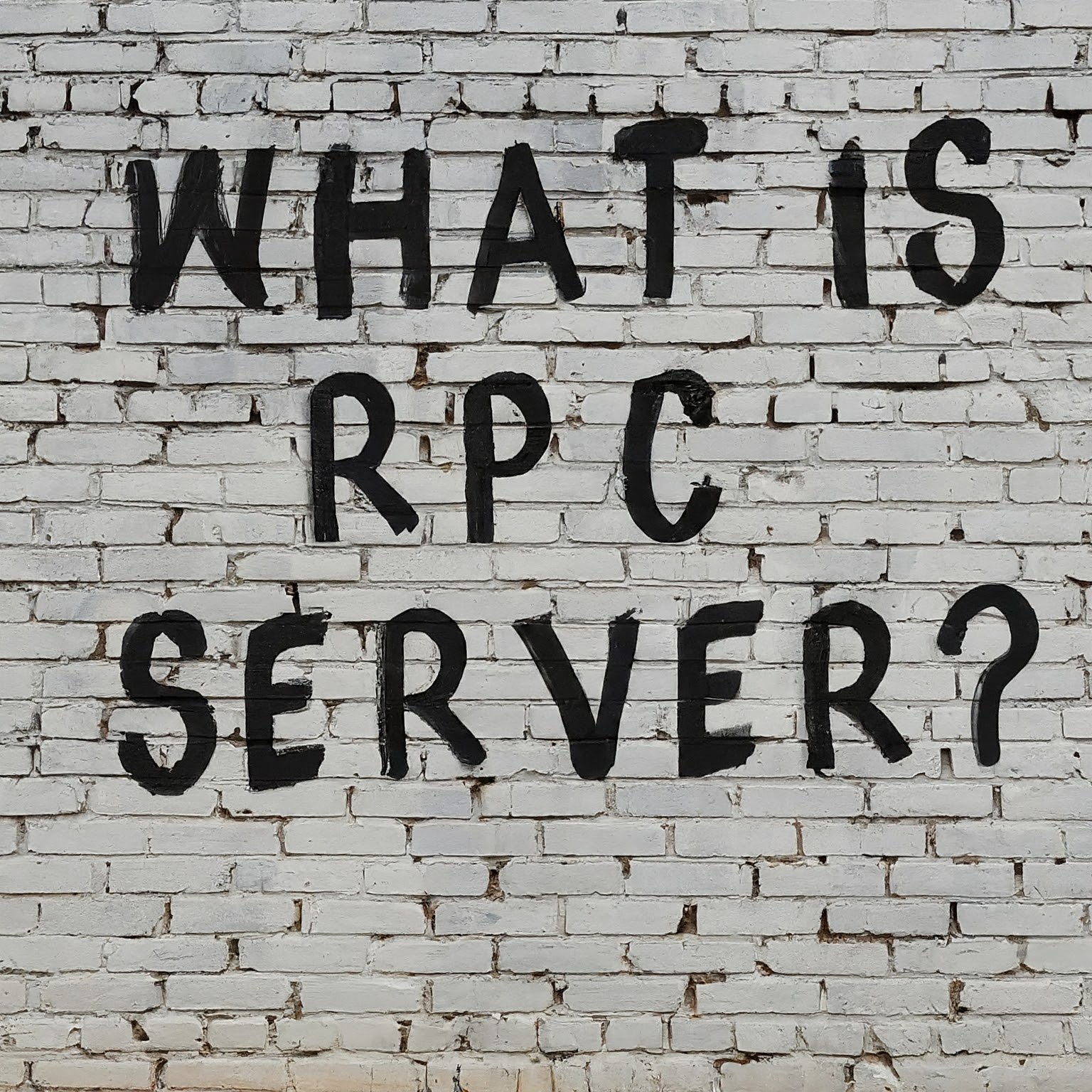

Leave a Reply
You must be logged in to post a comment.